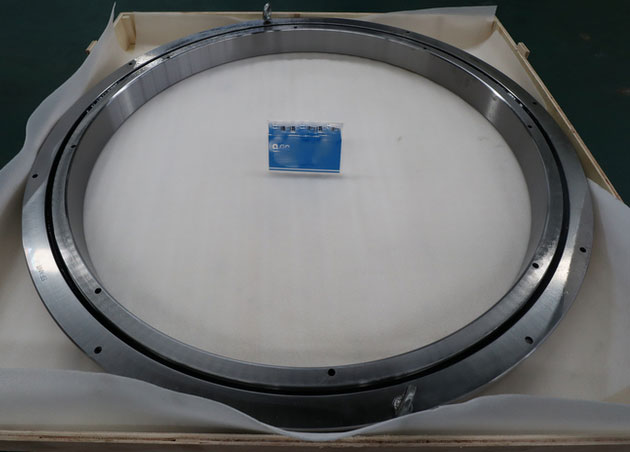Bearings are important components for reducing friction, supporting loads, achieving precise motion control, absorbing shock and vibration, improving reliability, and improving the safety of machinery and equipment. Therefore, their correct selection, installation, and maintenance are essential for optimizing the performance and efficiency of machinery and systems. and overall longevity are critical. When maintaining bearings, there are several key areas that require attention to ensure optimal performance and longevity. Here are some important considerations.

1. Lubrication. Proper lubrication is critical to bearing operation. It reduces friction, dissipates heat, and prevents wear and corrosion. Follow the manufacturer's recommendations for lubricant type and amount and lubrication intervals. Check the bearing lubricant condition regularly and replenish or replace as needed. .
2. Pollution control. Keep bearings clean and protected from contaminants such as dust, dirt, water and chemicals, which can accelerate wear and damage bearing surfaces. Use appropriate seals or dust caps to prevent the entry of foreign particles, and clean surrounding areas regularly to reduce the risk of contamination. Minimize.
3. Temperature monitoring. Bearings may experience high temperatures during operation, which may affect their performance and life. Use a temperature sensor or infrared thermometer to monitor bearing temperature. Overheating may indicate lubrication issues, misalignment, overloading, or other issues that need to be addressed promptly.

4. Vibration analysis. Excessive vibration may be a sign of bearing problems or misalignment. Use a vibration sensor or monitoring system to regularly monitor and analyze bearing vibration levels. Abnormal vibration or a sudden increase in vibration may indicate bearing wear, imbalance, misalignment, or other issues that require attention.
5. Install correctly. Follow the manufacturer's instructions and recommendations to ensure the bearing is installed correctly, using appropriate tools and techniques to achieve the correct fit, preload and alignment. Improper installation can cause premature bearing failure or performance issues.
6. Regular inspection. Regularly visually inspect the bearings for signs of wear, damage or abnormalities, look for signs of pitting, rust, salt water or fretting corrosion, monitor for leaks, abnormal noise or any changes in performance, and resolve any identified problems in a timely manner to Prevent further damage.
7. Load management. Pay attention to the loads placed on the bearings and ensure that the loads remain within the recommended limits specified by the bearing manufacturer. Overloading can cause premature wear, fatigue, or failure. Consider using a bearing load calculation or consulting an expert to determine the appropriate bearing selection for your specific application. .
8. Training and professional knowledge. Ensure maintenance personnel have the necessary knowledge and training in bearing maintenance and troubleshooting, and consider involving the bearing manufacturer or experts for guidance on best practices, maintenance techniques, and problem-solving.
By focusing on these areas, you can effectively maintain your bearings, identify potential problems early and take appropriate action to optimize their performance, reliability and service life.
2024-01-25